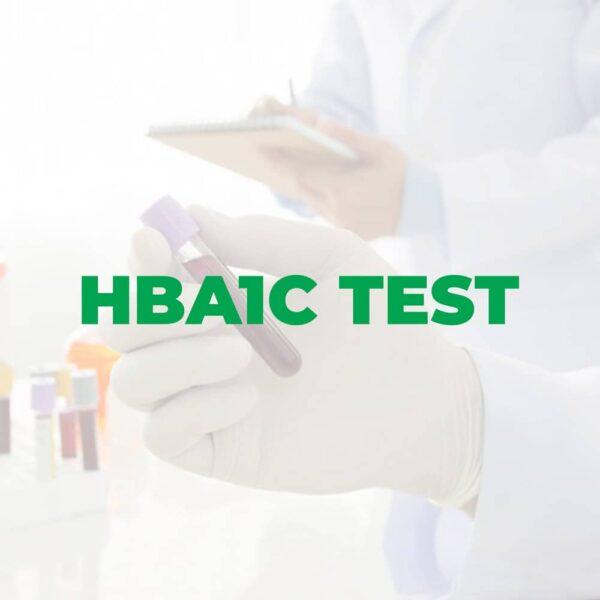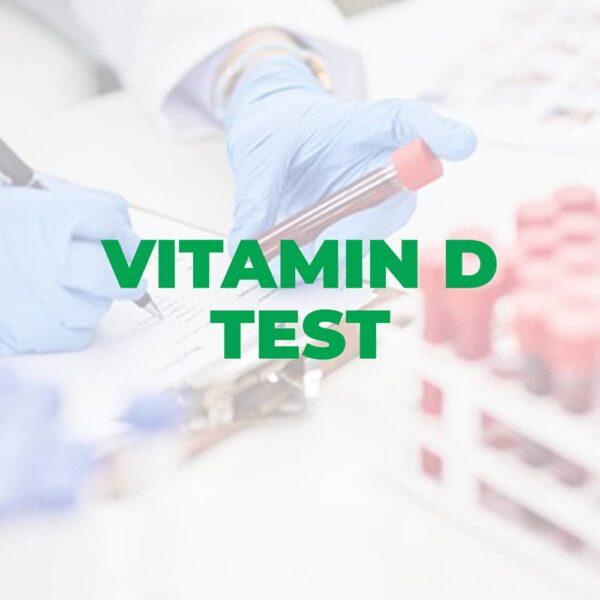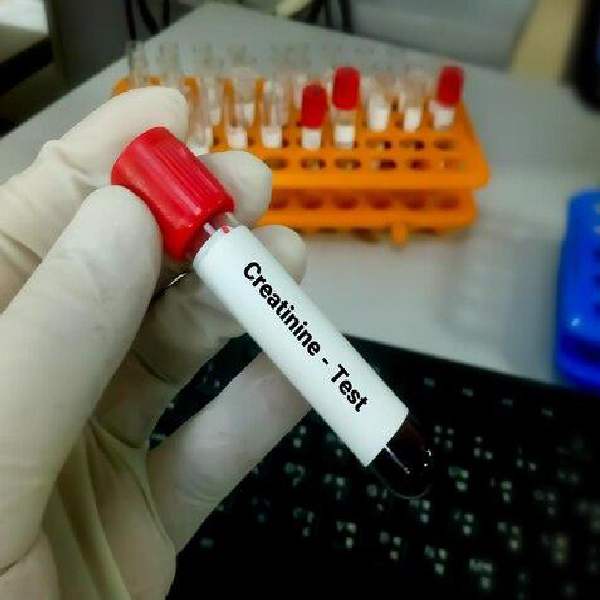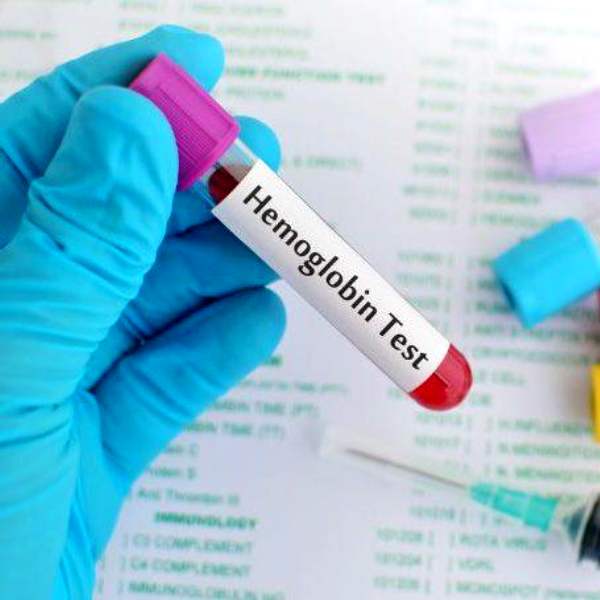Definition of Complete Blood Test
A complete blood count (CBC) is a blood test. It’s used to look at overall health and find a wide range of conditions, including anemia, infection and leukemia.
A complete blood count test measures the following:
- Red blood cells, which carry oxygen
- White blood cells, which fight infection
- Hemoglobin, the oxygen-carrying protein in red blood cells
- Hematocrit, the amount of red blood cells in the blood
- Platelets, which help blood to clot
Importance of CBC Test:-
A complete blood count can show unusual increases or decreases in cell counts. Those changes might point to a medical condition that calls for more testing.
Preparation of CBC Test:
- Not required to fast
- Good to drink water before a blood test
- Avoid certain medicines. These are the part of blood sample collection procedure.
Understanding CBC Test Parameters:
HAEMOGLOBIN (HB) – Hemoglobin is a protein in red blood cells that carries oxygen from the lungs to the body’s tissues and organs. The test is usually performed as part of a complete blood count (CBC) and is used to diagnose and monitor conditions that affect the red blood cells, such as anemia, polycythemia, and sickle cell disease.
TOTAL LEUCOCYTE COUNT (TLC) – assesses the total number of all the leukocytes (white blood cells) in the blood
NEUTROPHIL – A type of white blood cell that is an important part of the immune system and helps the body fight infection
LYMPHOCYTE – Infection (bacterial, viral, other) Cancer of the blood or lymphatic system. An autoimmune disorder causing ongoing (chronic) inflammation.
EOSINOPHIL – a parasitic infection, an allergic reaction
MONOCYTE – It’s often linked to infectious diseases like mononucleosis or an autoimmune disease like lupus
BASOPHIL – A type of immune cell that has granules (small particles) with enzymes that are released during allergic reactions and asthma
RBC COUNT (RED BLOOD CELL COUNT) – A red blood cell (RBC) count is a blood test that tells you how many red blood cells you have. Red blood cells contain a substance called haemoglobin, which transports oxygen around the body
PCV/HAEMATOCRIT – A hematocrit test measures the proportion of red blood cells in your blood
MCV – MCH – An MCV blood test measures the average size of your red blood cells
MCHC – a measurement of the average amount of hemoglobin in a single red blood cell (RBC) as it relates to the volume of the cell
RDW-CV – a calculation based on both the width of the distribution curve and the mean cell size
RDW– The RDW test is commonly used to help diagnose anemia
PLATELET COUNT – Platelets are the cells that circulate within our blood and bind together when they recognize damaged blood vessels
PDW – A simple, practical and specific marker of activation of coagulation.
MPV – MPV stands for mean platelet volume. Platelets are small blood cells that stick together to make blood clots that stop or slow bleeding when you have a cut or injury
PCT– The PCT test is primarily used to differentiate between bacterial and viral infections. It is commonly used in the diagnosis and management of sepsis, a life-threatening condition caused by the body’s response to an infection. In patients with suspected sepsis, a high PCT level can indicate a bacterial infection, while a low PCT level may suggest a viral infection or other cause.
ERYTHROCYTE SEDIMENTATION RATE– a blood test that that can show if you have inflammation in your body. Inflammation is your immune system’s response to injury, infection, and many types of conditions, including immune system disorders, certain cancers, and blood disorders







